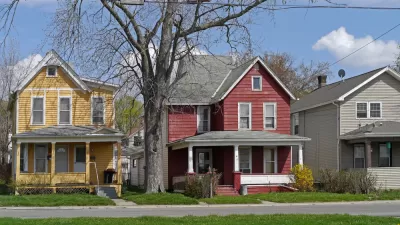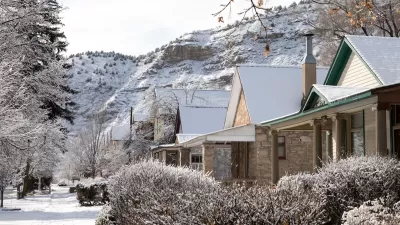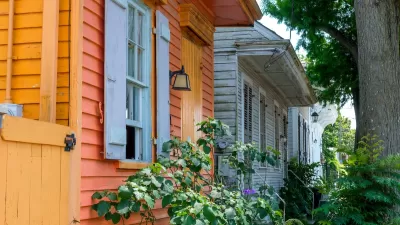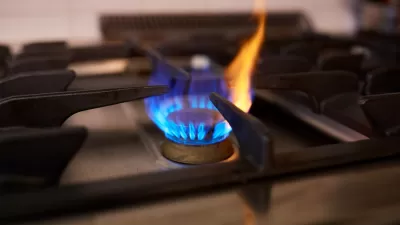Weatherization and efficiency upgrades can reduce energy costs and keep older homes habitable, but many low-income households are excluded from federal funding.

“The nation’s affordable housing crisis has gotten some semblance of attention — with journalists writing stories on the rising cost of rent, the scarce supply of new housing, the looming threat of eviction — but one aspect of the crisis has gone consistently overlooked,” writes Rachel M. Cohen. “On top of the severe housing shortage that currently exists, nearly 6 million homes nationwide have moderate to serious home health hazards.” These hazards will ultimately make the homes uninhabitable, Cohen warns.
“Issues like lead paint, leaky roofs, and knob-and-tube wiring don’t just leave tenants and homeowners in substandard, unsafe housing. They also leave families — mostly poor families — shut out from energy efficiency programs the federal government already funds to upgrade homes.” According to Cohen, “nationally, according to a recently published E4TheFuture analysis, 10 to 30 percent of income-eligible clients are deferred from weatherization upgrades each year for health and safety problems, with those deferrals on the rise.” Cohen argues that “Addressing this problem could help solve both the affordable housing and the climate crisis at once.”
In Pennsylvania, state lawmakers are attempting to do just that with new legislation. “Introduced in March by Democratic state Sen. Nikil Saval, the Whole-Home Repairs Act would provide eligible residents with grants up to $50,000 to make needed home repairs, and small landlords could apply for the same amount in forgivable loans. The bill would also aim to ramp up investments in workforce development, to address the growing shortage of qualified workers able to address the repairs.” The bill could serve as a model for other states and the federal government, Cohen writes. “While the home repairs bill would not itself go toward making energy efficiency upgrades, it would position more homes to be able to access the WAP funds.”
FULL STORY: How to fight the affordable housing and climate crises at once

Alabama: Trump Terminates Settlements for Black Communities Harmed By Raw Sewage
Trump deemed the landmark civil rights agreement “illegal DEI and environmental justice policy.”

Planetizen Federal Action Tracker
A weekly monitor of how Trump’s orders and actions are impacting planners and planning in America.

The 120 Year Old Tiny Home Villages That Sheltered San Francisco’s Earthquake Refugees
More than a century ago, San Francisco mobilized to house thousands of residents displaced by the 1906 earthquake. Could their strategy offer a model for the present?

Rural Missouri Transit Service Could Lose State Funding
OATS Transit offers low-cost rides to primarily elderly rural residents with little or no access to other transportation options.

Opinion: California’s SB 79 Would Improve Housing Affordability and Transit Access
A proposed bill would legalize transit-oriented development statewide.

Record Temperatures Prompt Push for Environmental Justice Bills
Nevada legislators are proposing laws that would mandate heat mitigation measures to protect residents from the impacts of extreme heat.
Urban Design for Planners 1: Software Tools
This six-course series explores essential urban design concepts using open source software and equips planners with the tools they need to participate fully in the urban design process.
Planning for Universal Design
Learn the tools for implementing Universal Design in planning regulations.
Clanton & Associates, Inc.
Jessamine County Fiscal Court
Institute for Housing and Urban Development Studies (IHS)
City of Grandview
Harvard GSD Executive Education
Toledo-Lucas County Plan Commissions
Salt Lake City
NYU Wagner Graduate School of Public Service





























